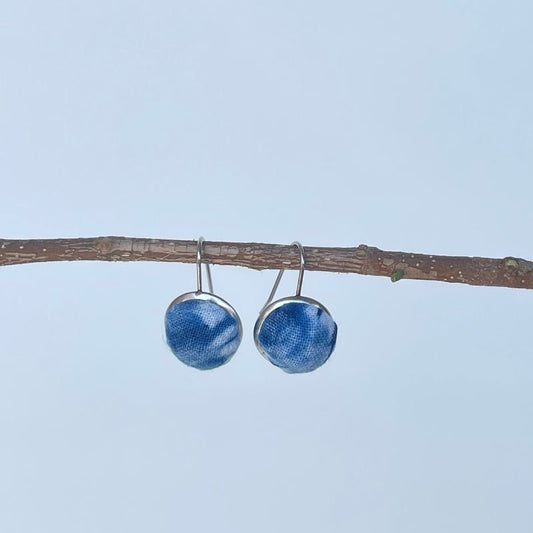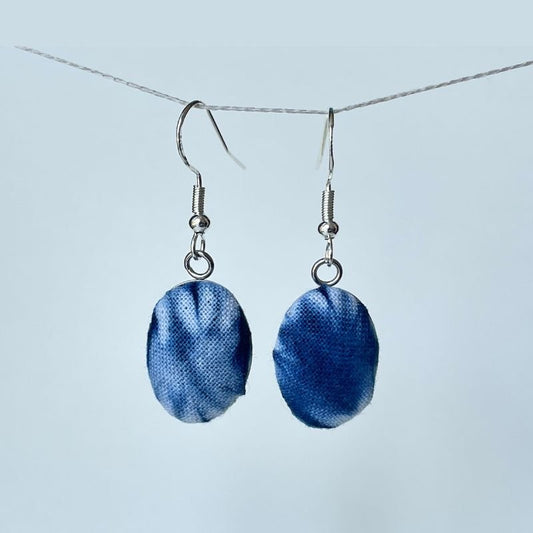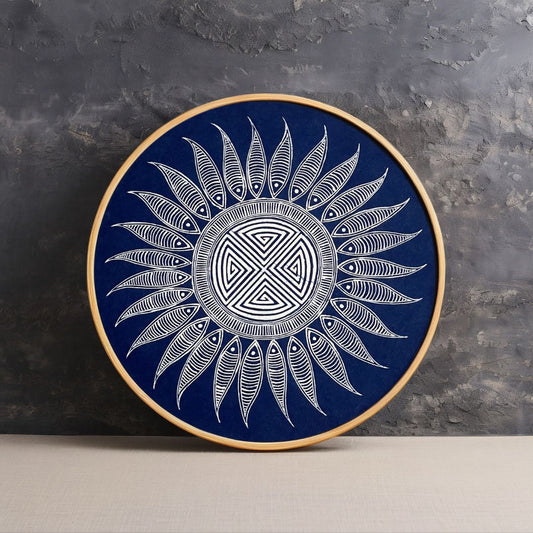Miao Batik, with its rich history spanning millennia, holds immense artistic value. Its creation process not only demands exquisite craftsmanship and boundless creativity from the artisan but also tests their patience and dedication.
The Batik Making Process:
-
Smoothing the Fabric: Begin by placing the fabric on a wax board and using a smooth, flat oval pebble to roll back and forth over the fabric, ensuring it adheres tightly to the board.
-
Melting the Wax: Heat beeswax in a specific iron container until it melts, raising the temperature gradually.
-
Applying Wax: This crucial step involves the artist using specialized wax pens or funnels to draw patterns onto the cotton fabric. This requires exceptional skill, as both the uniformity of the wax lines and the precision of the patterns are paramount.
-
Dyeing: The fabric with the drawn patterns is immersed in plant-based dye, typically indigo dye. Multiple immersions may be necessary to achieve the desired color depth.
-
Removing Wax: Once dyed, the fabric is boiled in hot water to melt and remove the beeswax. This reveals the blue-and-white patterns on the fabric.
-
Rinsing: The dewaxed fabric is rinsed thoroughly with clean water to eliminate any remaining impurities and loose dye.
-
Drying: The rinsed fabric is placed in a shady area to air dry slowly.
-
Stitching: Finally, Miao artisans hand-stitch the fabric, completing the creation of the batik artwork.










